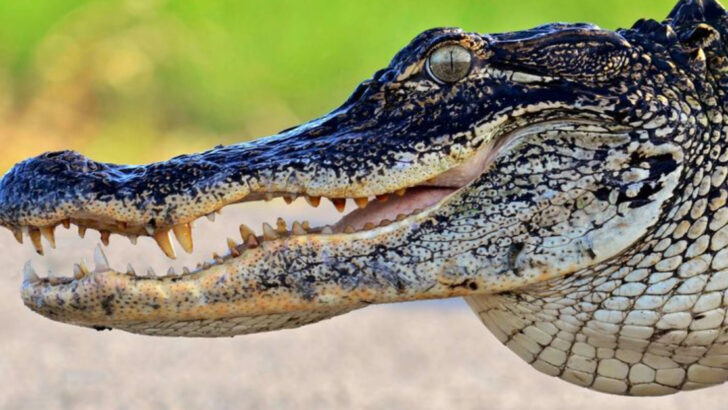Some creatures didn’t just survive history—they are history.
Long before humans set foot in North America, before cities, before even the last Ice Age, certain animals were already here, thriving. They’ve outlived mass extinctions, shifting climates, and every predator nature threw their way.
From ancient reptiles to mysterious deep-sea dwellers, these survivors are living fossils, carrying millions of years of evolution in their DNA. Some look almost identical to their prehistoric ancestors, while others have subtly adapted to a changing world.
So who are these timeless residents of the US? Let’s meet 17 incredible animals that have been around since a time when mammoths roamed and saber-toothed cats ruled the land.
American Alligator
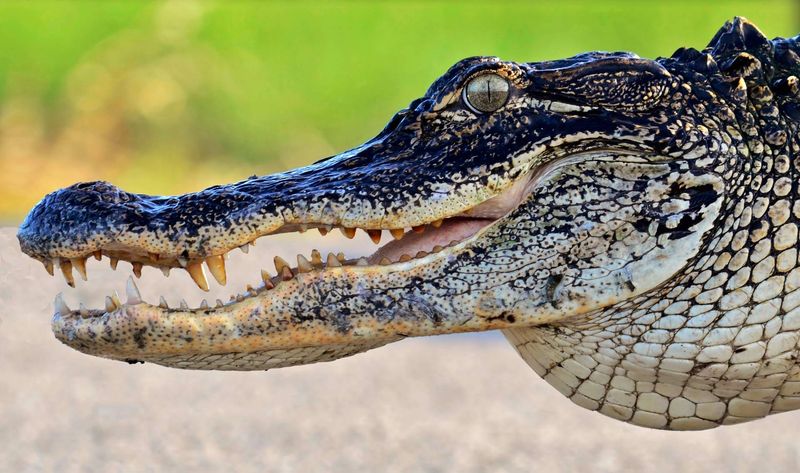
The American Alligator is a remarkable survivor from prehistoric times. Found primarily in the wetlands of the southeastern United States, these reptiles have existed for over 37 million years. With their armored bodies and powerful jaws, they have adapted well to their environments.
Their ability to regulate their body temperature and lie dormant during cold periods ensures their survival. Alligators play a crucial role in their ecosystems by controlling fish populations and creating habitats for other wildlife. Their presence is vital to maintaining the health of their natural surroundings, showcasing nature’s intricate balance.
Virginia Opossum
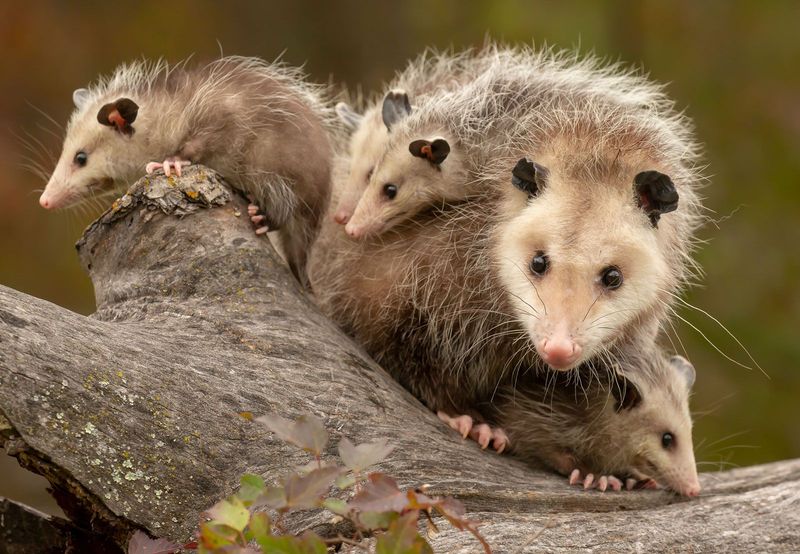
The Virginia Opossum has been a resident of North America for millions of years. These adaptable marsupials are the only ones of their kind found in the United States. Known for their resilience, they thrive in forests and urban areas alike.
Opossums are scavengers, feeding on a diet that ranges from fruits to insects. Their unique ability to play dead deters predators and ensures their survival. As nocturnal creatures, they have developed keen senses to forage in the dark. Their presence in both rural and urban settings highlights their adaptability and importance within the ecosystem.
Horseshoe Crab
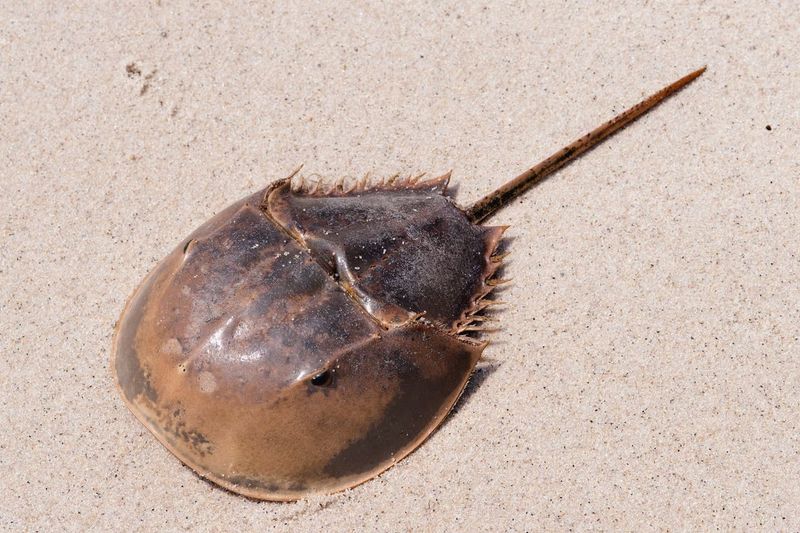
Horseshoe Crabs have graced the shores of North America for over 450 million years. These ancient marine creatures are often found along the Atlantic coast, particularly in the Mid-Atlantic region.
They are known for their distinctive hard shells and long tails, which help them navigate the ocean floor. Horseshoe Crabs play a vital role in the ecosystem, as their eggs provide nourishment for migrating birds. Their blue blood, rich in copper, is crucial for medical research, showcasing their importance beyond natural habitats. Their resilience through ages is a testament to their adaptability.
Pronghorn Antelope
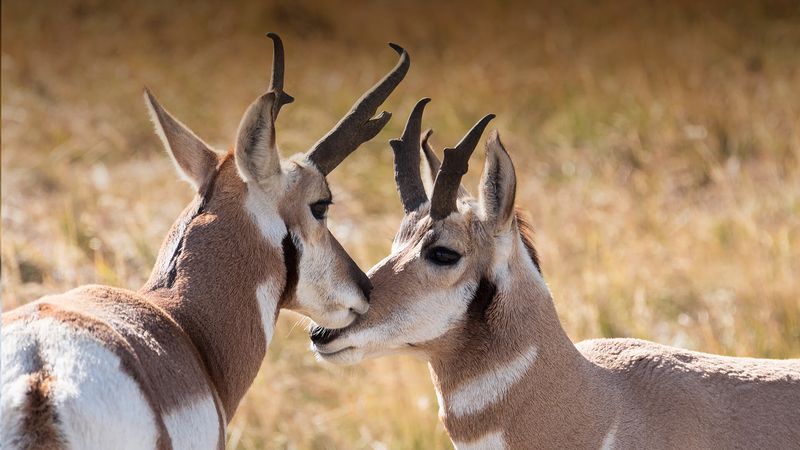
The Pronghorn Antelope, often referred to as an American icon, has roamed the plains for millions of years. Known for their remarkable speed, they are the second fastest land animals in the world.
These herbivores have adapted to the wide-open spaces and harsh climates of North America. Their keen vision and swift running abilities protect them from predators. The pronghorn’s unique set of horns, which they shed and regrow annually, adds to their mystique. These creatures are a symbol of the wild landscapes they inhabit, embodying the spirit of endurance and survival.
Redwood Trees
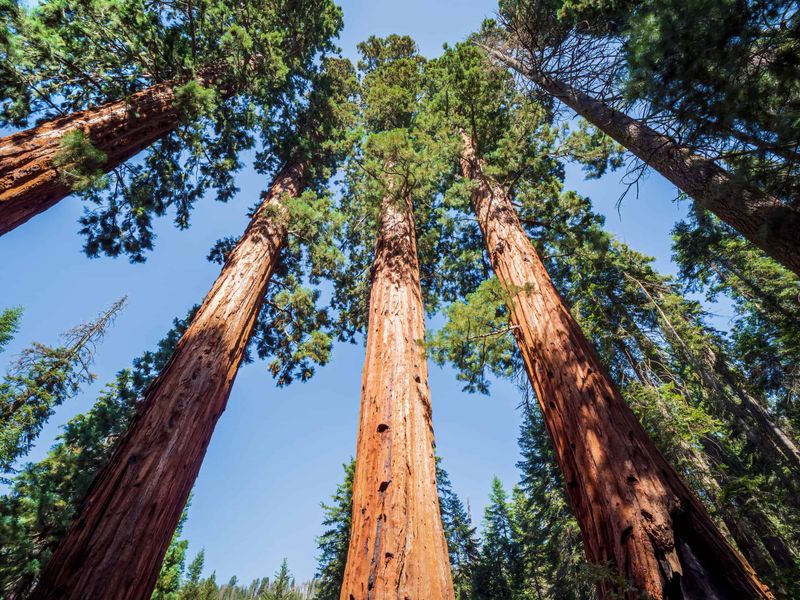
Redwood Trees, although not animals, have stood as ancient sentinels in the American landscape. For over 240 million years, these towering giants have thrived along the Pacific Coast.
Their impressive height and girth allow them to dominate the forest canopy, creating unique ecosystems beneath their branches. Redwood forests provide habitat for various species, including birds and mammals. The trees’ ability to withstand fires and pests ensures their longevity. Their presence is a testament to nature’s grandeur and resilience, offering a living link to Earth’s distant past and a sanctuary for countless living creatures.
Bald Eagle
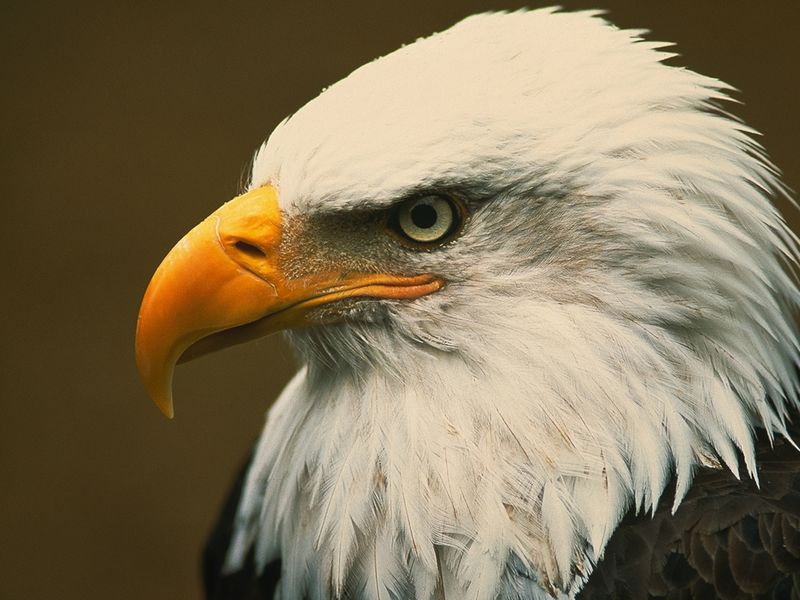
The Bald Eagle, a symbol of American freedom, has soared the skies for millions of years. Found near large bodies of open water, these birds are known for their powerful build and keen eyesight.
Bald Eagles are expert hunters, feeding primarily on fish. Their impressive wingspan allows them to glide effortlessly, surveying their territory from above. These birds mate for life, often returning to the same nesting sites annually. As a conservation success story, their recovery from near extinction highlights the importance of environmental stewardship. Their majestic presence continues to inspire awe and respect.
American Bison
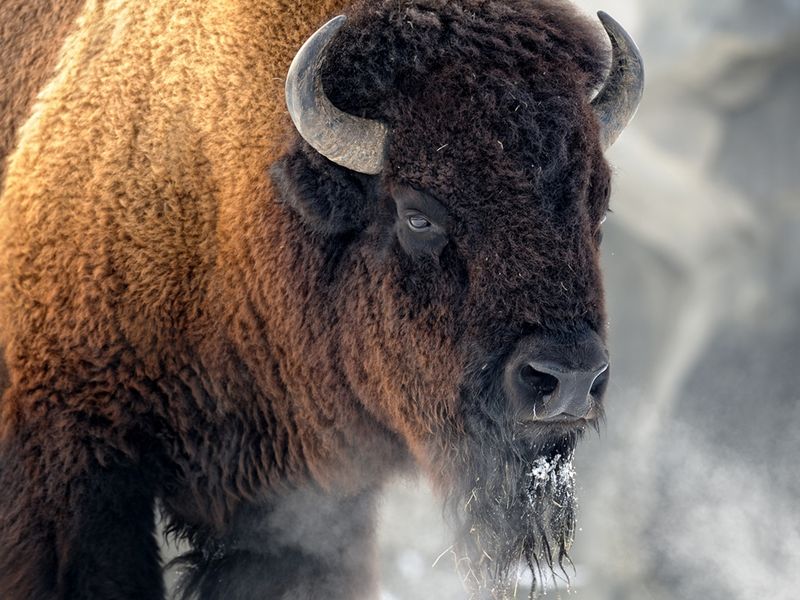
The American Bison, once teetering on the brink of extinction, is an enduring symbol of the Great Plains. For thousands of years, these magnificent creatures have roamed the North American grasslands.
Bison are known for their massive size and shaggy coats, which protect them in harsh weather. They play a crucial role in their ecosystem by shaping the landscape and supporting biodiversity through grazing. Bison herds were integral to the cultures of Native American tribes, providing sustenance and materials. Their revival is a testament to resilience, showcasing the balance between wildlife and human intervention.
Gila Monster
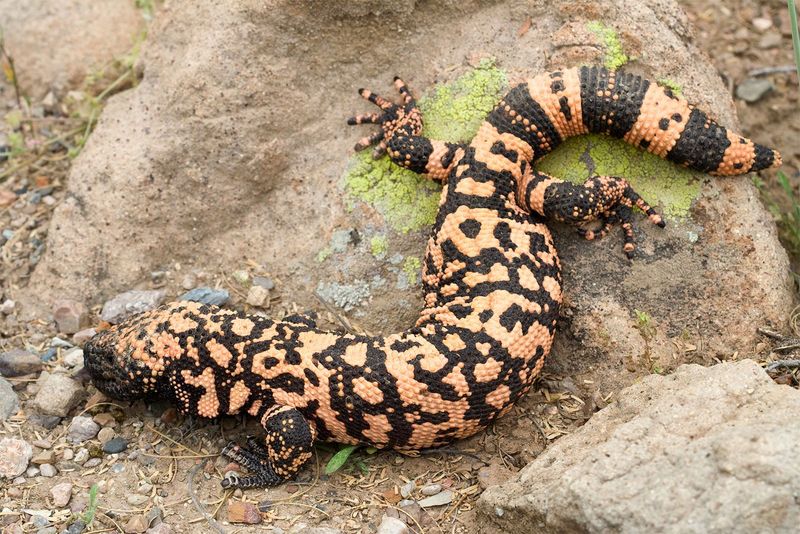
The Gila Monster, one of the few venomous lizards in the United States, has inhabited the deserts of the Southwest for millions of years. Known for their vibrant orange and black patterns, these reptiles are both fascinating and intimidating.
Gila Monsters are slow-moving but can deliver a powerful bite. They spend much of their life underground, emerging to feed primarily on eggs and small mammals. Their venom is not just for defense; it also aids in digestion. The Gila Monster is an important part of desert ecosystems, serving both as predator and prey in its environment.
Peregrine Falcon
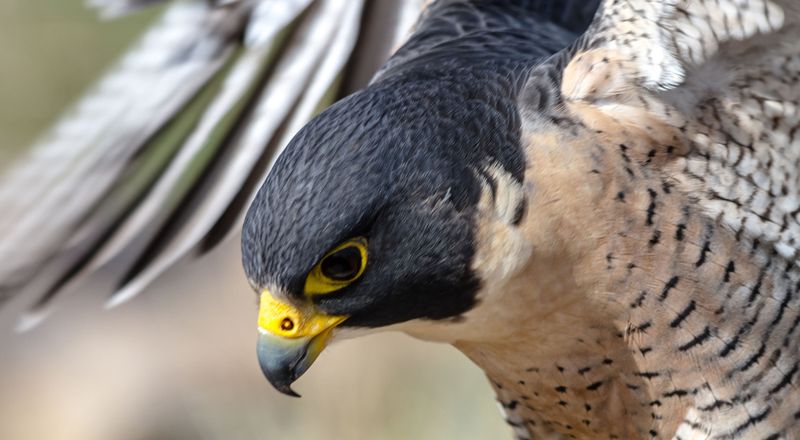
The Peregrine Falcon, known for its incredible speed, has graced the skies of North America for millions of years. These birds are renowned hunters, capable of reaching speeds over 240 miles per hour during their stoop.
They thrive in diverse environments, from cliffs and mountains to urban skyscrapers. Peregrine Falcons have adapted well to human presence, often nesting on tall buildings. Their keen eyesight and powerful talons make them formidable predators. As a conservation success story, the Peregrine Falcon’s recovery from near extinction underlines the importance of protecting wildlife and their habitats for future generations.
California Condor
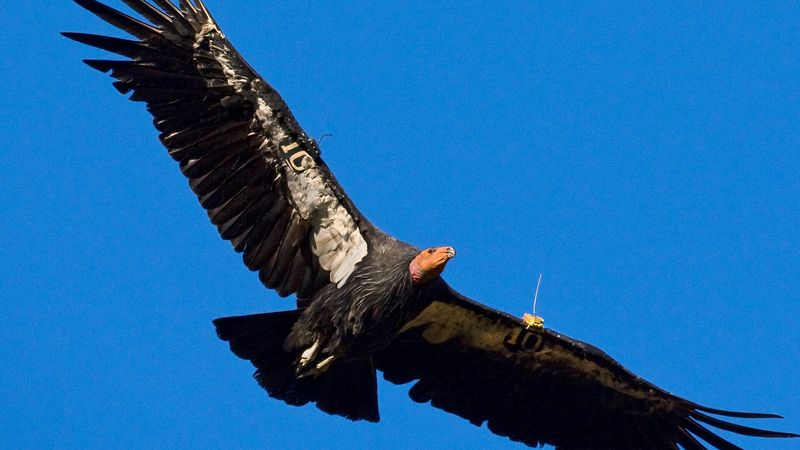
The California Condor, North America’s largest land bird, has soared above the continent for thousands of years. These majestic birds are distinguished by their impressive wingspans and bald heads.
Condors were once on the brink of extinction, but concerted conservation efforts have helped their populations recover. They feed primarily on carrion, playing an important role in their ecosystem by cleaning up dead animals. Their ability to soar for long distances without flapping their wings demonstrates remarkable adaptation to their environment. The California Condor symbolizes the fragile relationship between nature and human intervention, serving as a beacon of conservation success.
Grey Wolf
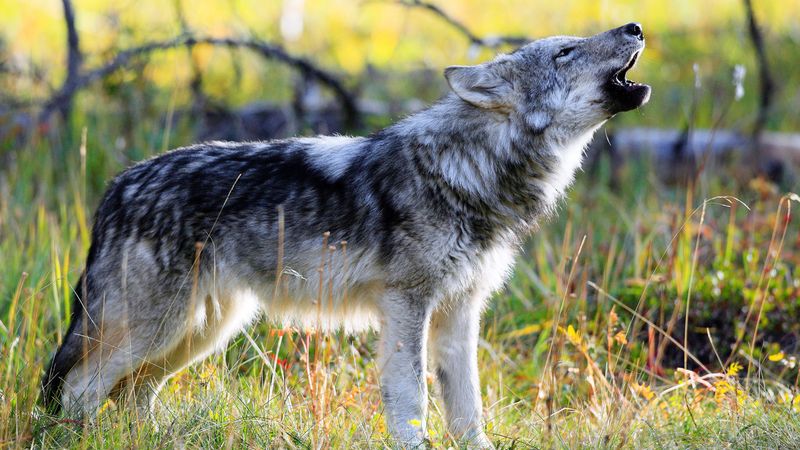
The Grey Wolf is a legendary figure of the American wilderness, having roamed the continent for hundreds of thousands of years. With their keen senses and sharp intellect, wolves are skilled hunters.
They live in packs, exhibiting complex social structures and coordinated hunting techniques. Grey Wolves are crucial for maintaining the balance in ecosystems by controlling prey populations. Their reintroduction to certain areas has had positive cascading effects on the environment. As symbols of wilderness and untamed nature, wolves continue to captivate human imagination and emphasize the importance of preserving wild spaces.
American Crocodile
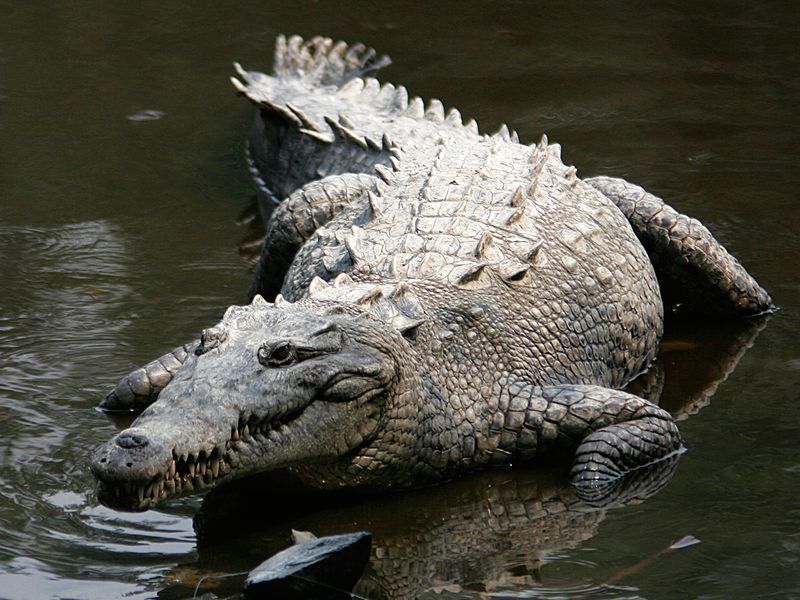
The American Crocodile has inhabited the warm coastal areas of the United States for millions of years. These reptiles are primarily found in southern Florida, where they navigate saltwater marshes and mangroves.
Crocodiles are distinguished by their long snouts and muscular tails. As apex predators, they play a vital role in their ecosystems by controlling fish and other prey populations. Their nesting habits contribute to the health of their habitats, with their nests providing habitat for other species. The American Crocodile’s survival through ages is a testament to its remarkable adaptability and resilience.
Grizzly Bear
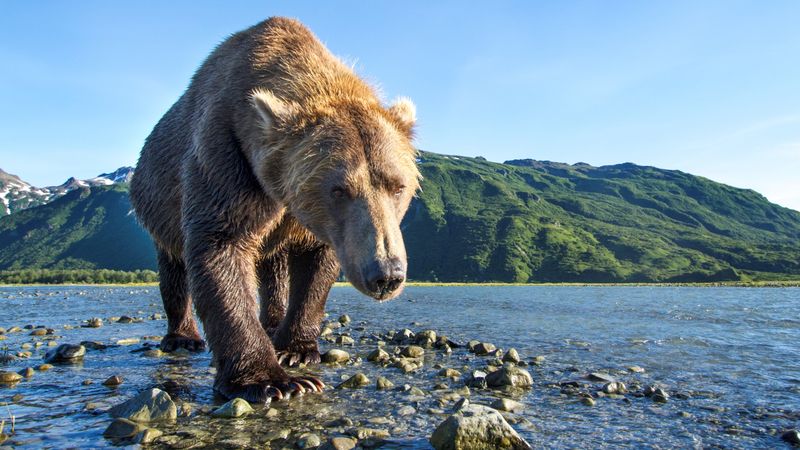
The Grizzly Bear is an iconic symbol of the American wilderness, having roamed the forests and mountains for thousands of years. Known for their immense size and strength, grizzlies are formidable predators.
They have a diverse diet, eating anything from berries to large mammals. Grizzlies are crucial for the environment, as their foraging habits disperse seeds and nutrients. Their hibernation patterns showcase their adaptability, allowing them to thrive in varied climates. As a keystone species, the Grizzly Bear plays a significant role in its ecosystem, and efforts to protect their habitats are essential for maintaining biodiversity.
Mountain Lion
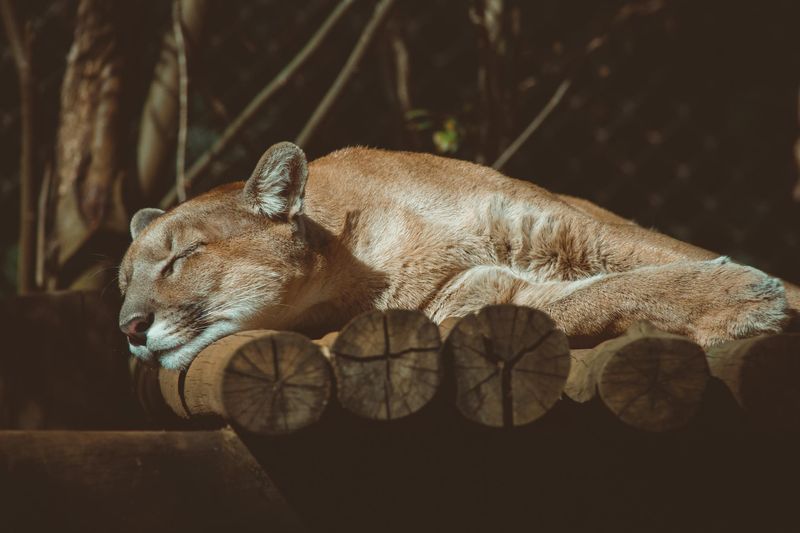
The Mountain Lion, also known as the cougar or puma, has been a solitary predator of North America for millions of years. These agile cats are known for their stealth and adaptability, thriving in diverse habitats from deserts to forests.
Mountain Lions are solitary and elusive, relying on their keen senses to hunt prey. Their presence helps control deer and other animal populations, maintaining ecological balance. As apex predators, they play a critical role in their ecosystems. The Mountain Lion’s ability to adapt to changing environments highlights the resilience of wildlife in the face of development and habitat loss.
Nine-banded Armadillo
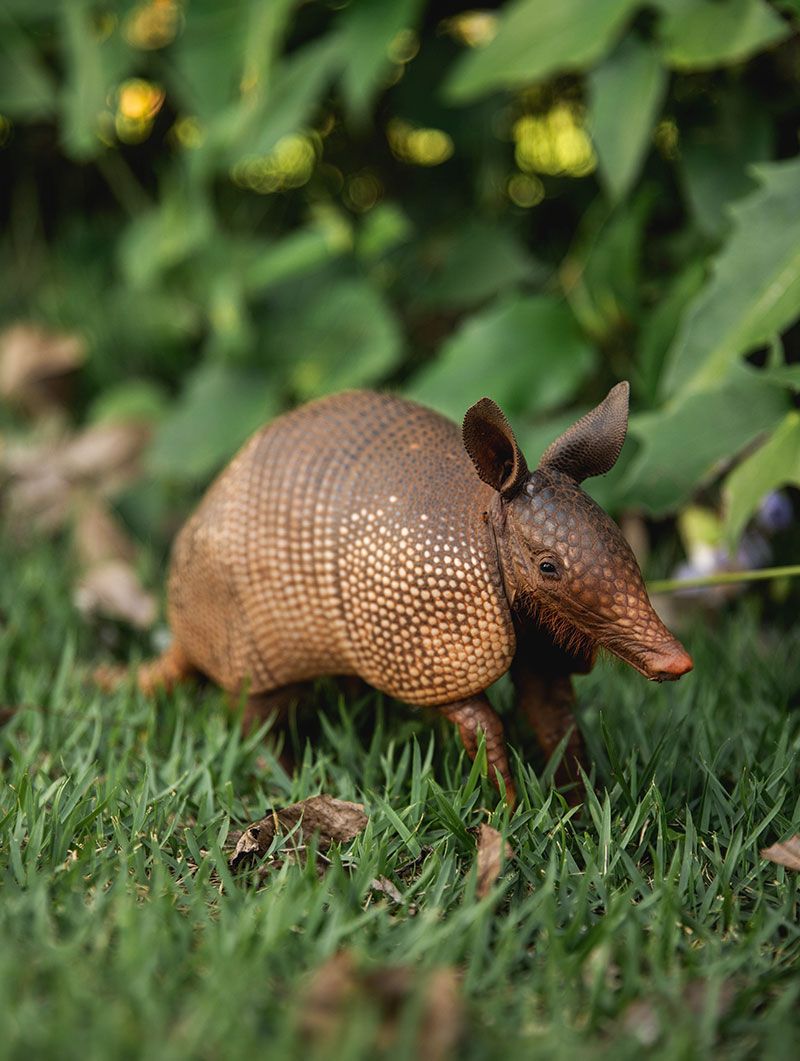
The Nine-banded Armadillo is a unique creature that has roamed the southern United States for millions of years. Known for their armored shells, these animals have a distinctive look that sets them apart.
Armadillos are primarily nocturnal, foraging for insects and small invertebrates. Their digging habits are beneficial to the environment, as they aerate the soil and help control insect populations. They are also known for their unusual defense mechanism: curling into a ball to protect themselves. The Nine-banded Armadillo’s presence in various habitats reflects its adaptability and importance within its ecosystem.
Blue Whale
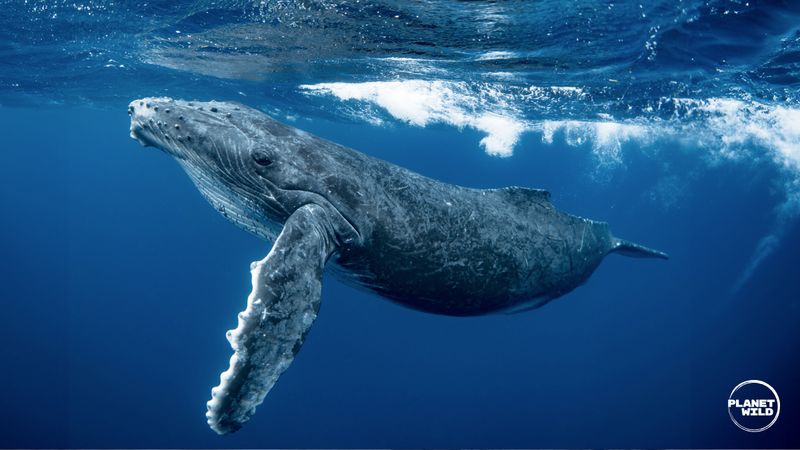
The Blue Whale, the largest animal on Earth, has traversed the world’s oceans for millions of years. These gentle giants are often found off the western coast of the United States.
Despite their massive size, Blue Whales feed primarily on tiny krill. Their feeding habits contribute significantly to the ocean’s health, as their nutrient-rich waste supports marine life. The Blue Whale’s majestic presence and complex songs inspire awe and wonder. Conservation efforts are crucial to ensuring their survival, as they face threats from ship strikes and climate change. Their endurance through ages is a testament to the ocean’s mysteries.
Sea Otter
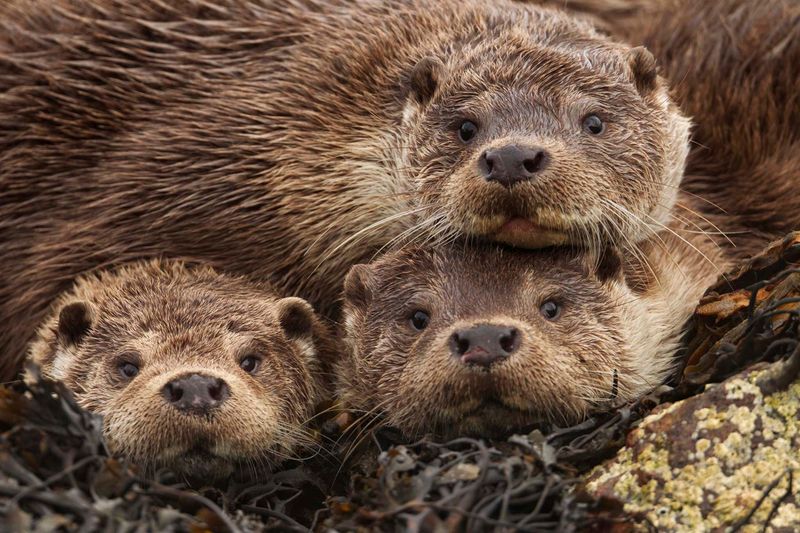
The Sea Otter, a charismatic marine mammal, has inhabited the coastal waters of North America for thousands of years. Known for their playful behavior, these creatures are essential to the health of marine ecosystems.
Sea Otters feed on sea urchins, helping to maintain the balance within kelp forests. Their use of tools, such as rocks to crack open shells, showcases their intelligence. Otters’ thick fur provides insulation in cold waters, a necessity for their survival. As a keystone species, their presence indicates a healthy environment. Efforts to protect Sea Otters highlight the importance of preserving biodiversity.

